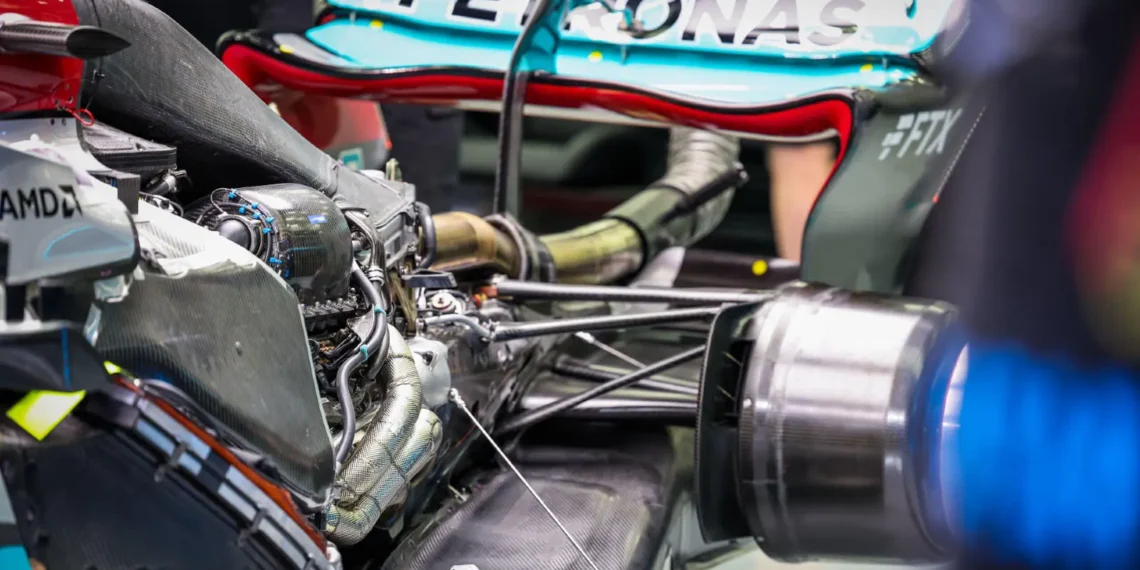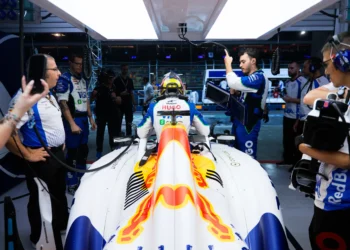The Formula 1 world is bracing for a seismic shift in TPC testing and power unit costs in 2026, with dramatic changes on the horizon that could send shockwaves through the sport.
TPC testing, a crucial element for F1 teams using older cars to develop talent and fine-tune performance, is set to undergo a revolution. With the FIA imposing new regulations limiting TPC mileage for current drivers, the landscape of testing is evolving rapidly.
But the real bombshell comes with the impending doubling of power unit costs in 2026. As half of the grid prepares to switch engine partners for the new era, concerns have been raised about the financial implications for TPC programs. The FIA has mandated a two-year supply obligation for expiring contracts, leaving suppliers free to set prices as they see fit. Reports suggest that prices could skyrocket, making TPC testing a costly affair moving forward.
Despite the potential financial burden, teams seem undeterred, with insiders suggesting that the additional costs won’t impact development budgets. Ferrari, Mercedes, and Honda are among the manufacturers facing the challenge of providing engines to their former customer teams, navigating a new era of power unit supply in F1.
As the sport hurtles towards a new technical era in 2026, the stakes have never been higher. Stay tuned as F1 teams navigate these uncharted waters, where innovation and cost collide in a high-octane battle for supremacy.













